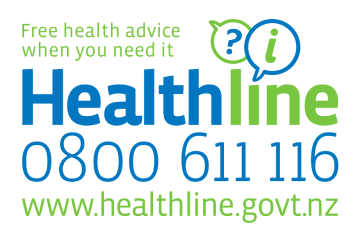Blood Tests For Children & Young People With Cancer
Blood Tests For Children & Young People With Cancer
Your child's healthcare team will order regular blood tests to check for a low blood count and to know when it is safe to give the next dose of chemotherapy.
Key points about blood tests for children and young people with cancer
- your child will have regular blood tests - at the time of diagnosis, during their treatment and after treatment
- a nurse, phlebotomist (someone trained to take blood from a patient) or doctor will take your child's blood and send it to the laboratory to be studied
- your child's doctor or nurse will tell you what your child's blood test results are and what they mean
When will my child with cancer need to have a blood test?
Your child will have regular blood tests - at the time of diagnosis, during their treatment and after treatment. The haematology department counts the blood cells.
The blood count is one of several ways of monitoring the effects of your child's treatment. Your child's doctor or nurse will tell you what your child's blood test results are and what they mean.
Scientists who study tiny organisms (microbiologists) may check the blood to see whether there is an infection. This is called a blood culture.
The chemistry laboratory measures salts and chemicals in the blood sample. This gives information about how your child's kidneys and liver are functioning.
If your child needs a blood transfusion, blood samples can also help cross-match blood.
Who will do the blood test for my child with cancer?
A nurse, phlebotomist (someone trained to take blood from a patient) or doctor will take your child's blood and send it to the laboratory to be studied. Your healthcare team may ask you to take your child to a community blood testing centre. This allows the result to be available and acted on before your appointment. This allows treatment to be more streamlined for you and for the healthcare team.
A nurse or phlebotomist will use a small finger prick to take blood. On some occasions, a nurse may take blood tests from the central venous line (CVL). If a finger prick won't provide enough blood for the test, and there is no CVL in place, a doctor or nurse will use a needle and syringe to take the blood from the vein.
The doctor or nurse will put a pain-relieving cream or gel on your child's skin before the blood test. This numbs the skin, so your child won't feel the needle prick.
Should I keep the results of my child's blood tests?
It's a good idea to keep your child's test results together in a folder. After your child's doctor or nurse has explained the tests your child will need, be sure to ask for further information if you want to understand more.
This page last reviewed 13 May 2021.
Do you have any feedback for KidsHealth?
If you have any feedback about the KidsHealth website, or have a suggestion for new content, please get in touch with us.
Email us now